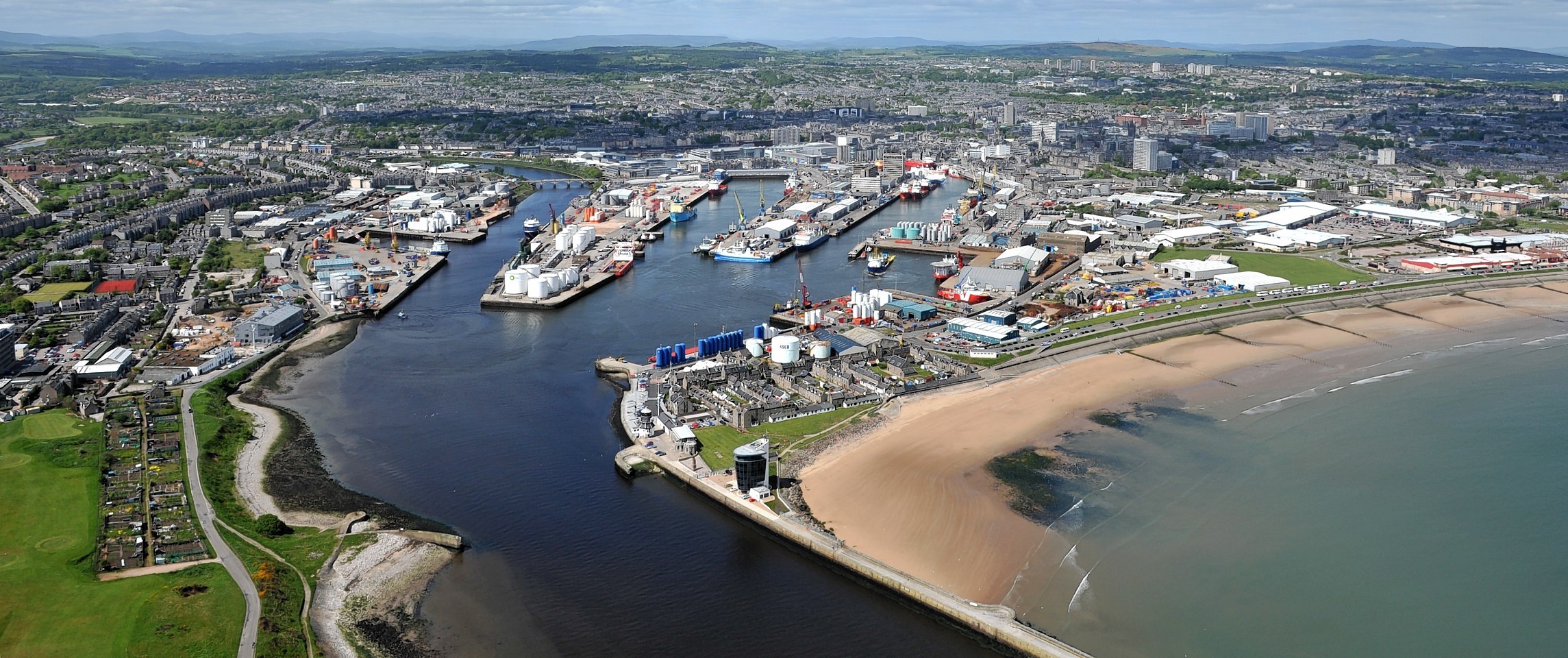The north-east has overtaken Edinburgh as Scotland’s richest region, according to Scottish Government research.
The Granite City and Aberdeenshire has 35% more disposable income per head than Glasgow – which is the poorest city in Scotland, according to a briefing document published by the Scottish Parliament Information Centre (SPICe).
Aberdeen and shire has edged past Edinburgh for the first time with disposable income per head of £20,159 compared to Auld Reekie which enjoys spending money of £20,083.
The report said: “Since 2007 the gap between Edinburgh and Aberdeen has been narrowing with Aberdeen seeing, on average, higher growth than Edinburgh,” the report by Scottish Parliament researchers states.
“Aberdeen has now overtaken Edinburgh as the area with the highest level of disposable income per head.
“This is the first time Edinburgh has not had the highest level of disposable income per head since the series began in 1997.”
However the report reflects data recorded before the oil price crash which has seen over 5,000 job losses in the region as well as cuts in pay for many remaining oil and gas workers.
The report found that disposable income has increased in Scotland since 1997 by 81% . However, there has been variation in the level of increase across Scotland. Since 1997 Orkney has seen the biggest increase in levels of disposable income (138%) while Angus and Dundee City has seen the smallest increase (66%).
Scotland ranks fifth in the UK for the amount of cash households have to spend just below the UK average. UK average disposable income per
head is £17,559, while Scotland’s is £17,039 per head. Unsurprisingly London has the highest disposable income per
head of any UK region at £22,516.
But the report added that disposable household income per head has grown more quickly in Scotland than in the UK
since 1997. Scotland has seen an increase of almost 81% compared to a UK increase of 75%, meaning that the gap between Scotland and the
UK average has narrowed over the past fifteen years.
Gross Disposable Household Income (GDHI) is the total amount of money households have available for spending or saving after tax and National Insurance contributions are made
